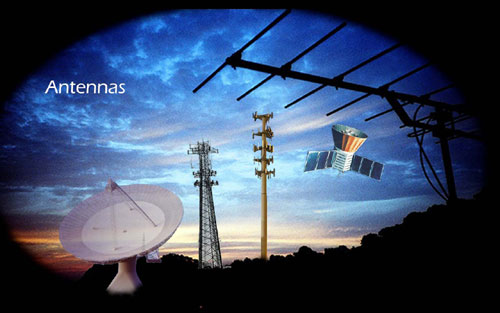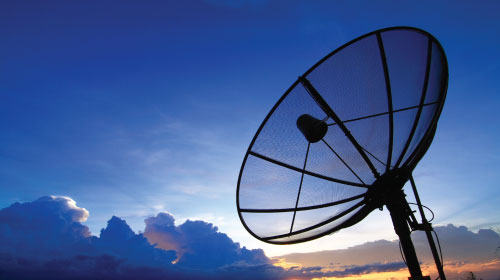TECHNOLOGY FOCUS
With the emergence of widespread wireless equipment in the home as well as in the office environment, the requirement for testing the electromagnetic (EM) environment as well as the performance of antennas connected to systems is now part of all industries. Apart from providing mains power, these frequencies are used in a multitude of applications from direction finding, broadcast and personal communications, microwave ovens, navigation, landing systems, radar etc. The properties of antennas connected to all these systems are vital to their performance and an understanding of the propagation of EM is a pre-requisite to determining the level of the link between a transmitting and receiving system.


COURSE CONTENT
This course commences with a brief introduction to the entire electromagnetic spectrum and the position of the RF and microwave region in the spectrum. The characteristics of EM Waves are qualitatively explained with illustrations together with the transition from rectilinear and corpuscular theory to wave theory and the dual nature of light. The speed of EM defines the relationship between wavelength and frequency and formulas to convert easily between the two are shown. The interaction between waves of different amplitude and phases are demonstrated and various types of polarization are explained.
Near and Far Fields of an antenna are defined showing the importance of thinking in terms of wavelength rather than frequency. Participants will learn how to interpret typical 2D and 3D radiation patterns of antennas and learn about dB and dBm that define the gain of antennas. Space attenuation and the gain of an antenna will be used to calculate the range of an antenna and the link budgets between two antennas.
The course will conclude the characteristics of some of the most common types of antennas and their applications.
WHO SHOULD ATTEND
This basic course is suitable for new physics and engineering graduates who have not had much industrial experience as well as Engineers who are working in the EMC field, and those working on systems that are connected to antennas. Engineers working on measurement facilities that test the performance of installed as well as uninstalled antennas will also find this very useful for the background science that underpins these measurements. CEM (computation EM) Engineers will also find this course very useful.

Day 1:
- Introduction to the entire electromagnetic spectrum
- Transverse and longitudinal waves
- Characteristics of Electromagnetic Waves
- Reflection – rectilinear and diffuse
- Refraction and total “Internal reflection”
- Diffraction – wave theory and creeping waves
- Diamond rings in a solar eclipse
- Dual nature of waves
- Interaction between Two Waves
- Combination of Waves of the same frequency in the time Domain with various phase and amplitudes
- Combination of Waves using Phasors Drawn to Scale
- Combination of Phasors using Trigonometry
- Polarization
- EM fields showing the sinusoidal variation in space as well as time
- Vertical, left and right slant, horizontal and elliptical polarization
- Hands of polarization
- The tilt angle and tilt axis
- Axial ratio
- Polarization Purity
- Cross-polar discrimination (XPD)
Day 2:
- Electric and magnetic fields in guided circuits and free space
- Terminology for antennas
- Principal planes for land based and aircraft antennas
- Mathematical and navigation angles
- Rectangular/Cartesian and polar coordinates
- Contour Plots on spherical 2D surface and Mercator’s projection
- Directivity, Gain and Efficiency
- Electrical and Mechanical Boresight
- Definition of Beamwidths
- Beamwidth and Gain of the Main Lobe
- Definition of sidelobe
- Cross and copolar Polarization
- Power Handling
- Propagation in free space
- Power Flux Density
- Poynting’s power flux density vector
- Wave Impedance
- Guided Waves
- Wave Impedance
- Characteristic Impedance of Transmission Lines
- Matching Transmission Lines
- Relationship between Power Density and Electric Field Strength in free Space Waves
- Near and Far Fields of an antenna
- Powers, indicies and Logarithms
- dBm and dBmV
Day 3:
- Difference between the transmit and receive antennas
- Frequency and wavelength
- Space attenuation
- Friis’ formula
- Range of antennas
- Signal Link Budgets
- Small and large antennas
- Different types of antennas
- Monopoles
- Dipoles
- Yagi Uda
- Log periodics
- Reflector antennas
Ms. Macnamara has written a text that is a recommended reference. The reference is not required for this course.
Title: “Introduction to Antenna Placement & Installation”
by Thereza M. Macnamara .John Wiley & Sons, Ltd. ISBN: 9780470019818, February 2010.

